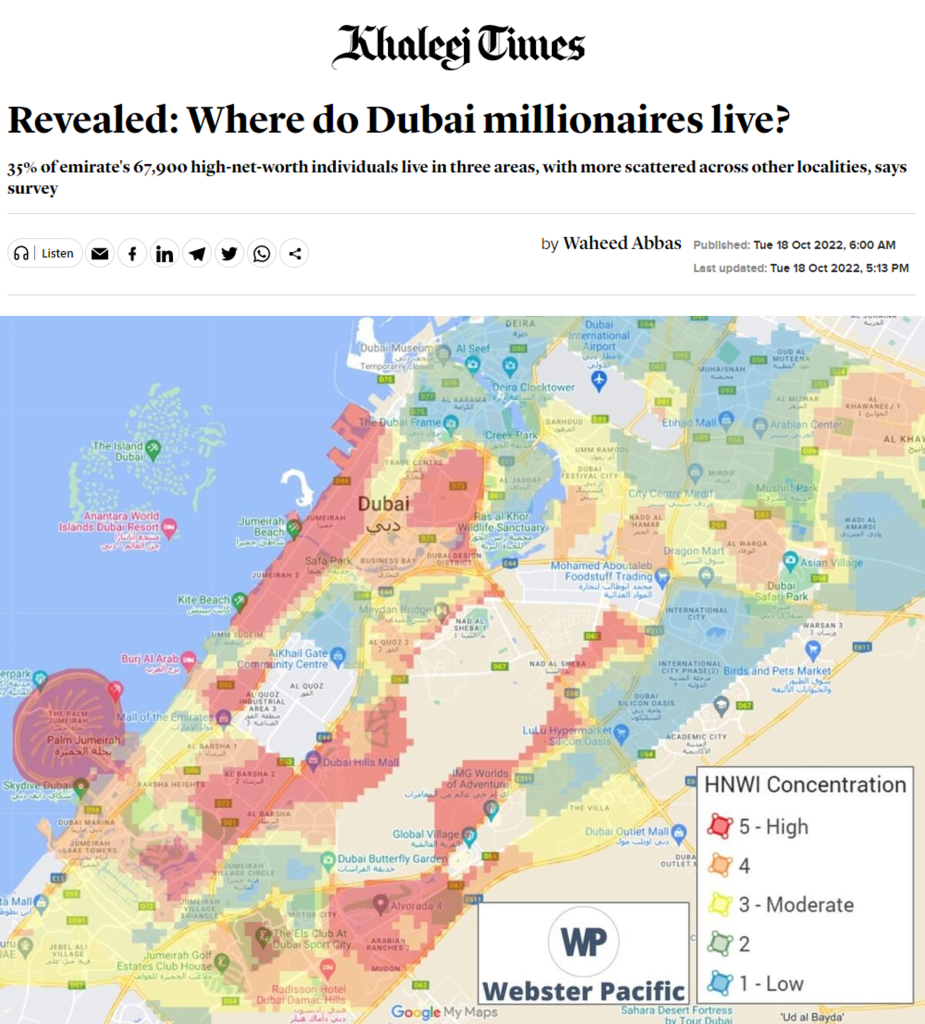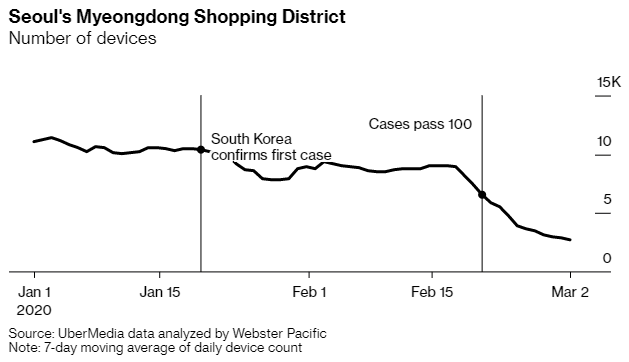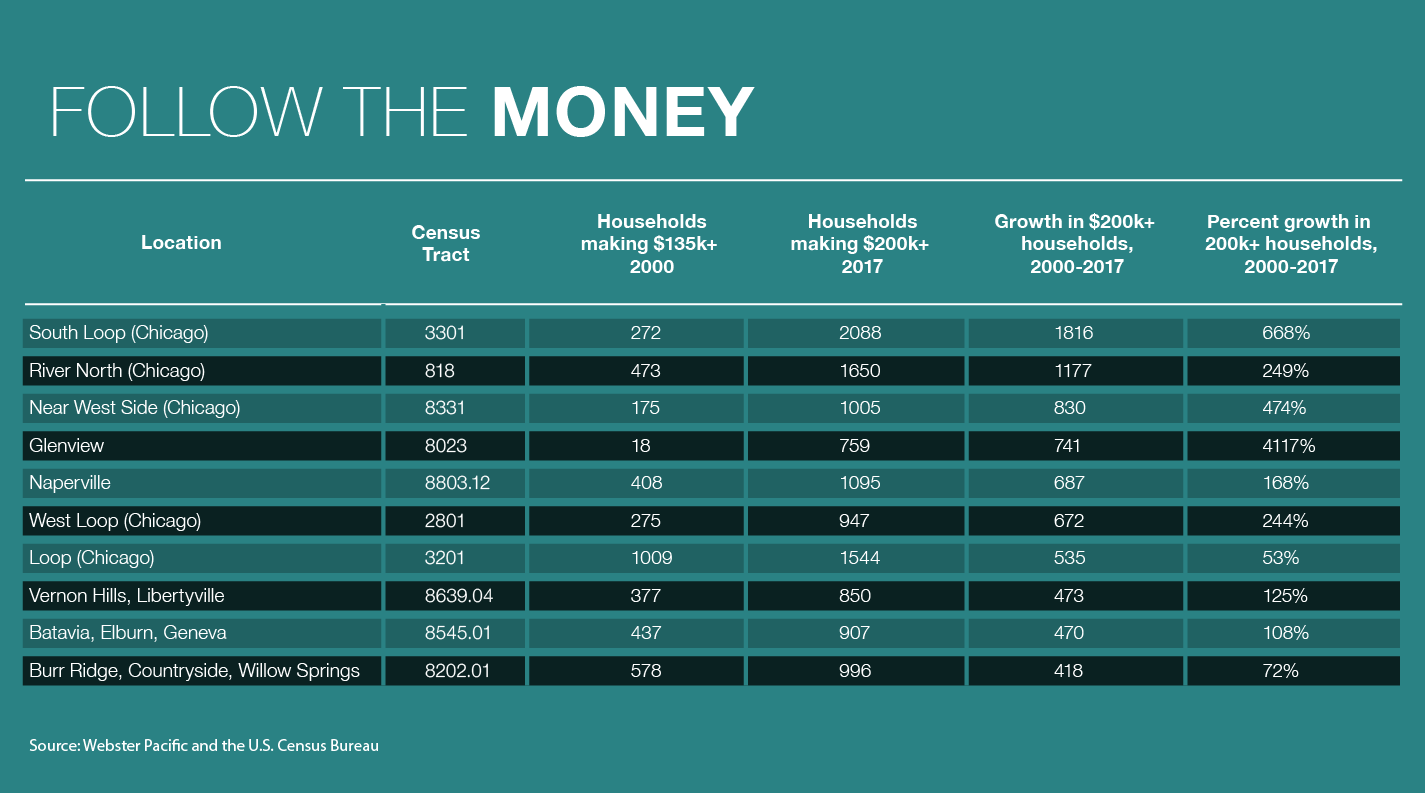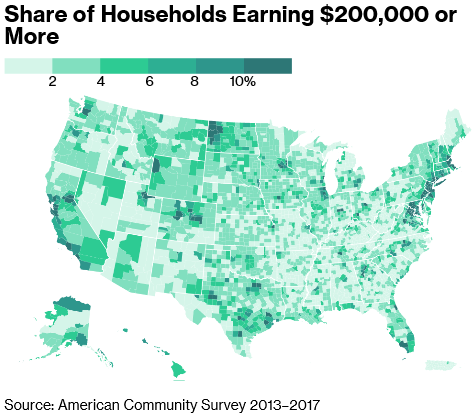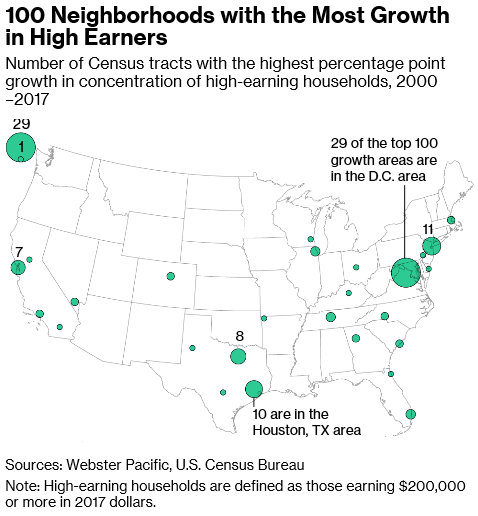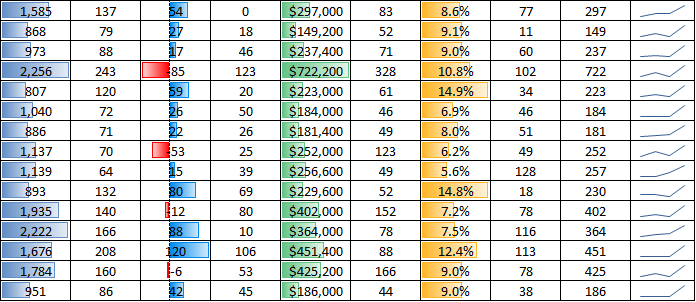See full report here
Executive Summary
Webster Pacific’s outlook for Black Friday 2023 is optimistic, projecting a 12% year-on-year rebound from 2022, approaching levels observed in 2021. This projection and others in this report are based on an analysis of Google Trends data.
Black Friday interest declined 33% year-over-year (YOY) from its all-time peak in 2019 to 2020, reflecting the evolving landscape of consumer behavior during the pandemic. While 2021 saw a modest recovery, subsequent interest appears to have stabilized at lower post-pandemic levels.
Walmart has continued to dominate Black Friday interest among big-box retailers. Best Buy and Target attract only 44% and 48% respectively of Walmart’s search interest.
In conclusion, this report provides valuable insights for retailers and industry stakeholders, delivering a nuanced understanding of Black Friday’s trajectory, anticipated trends, and the enduring influence of retail giants like Walmart in the realm of ‘deal’-centric shopping.
Read More
